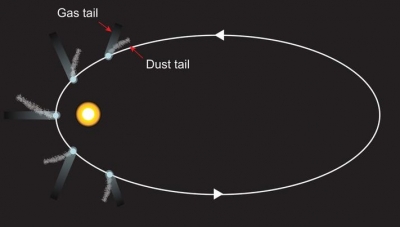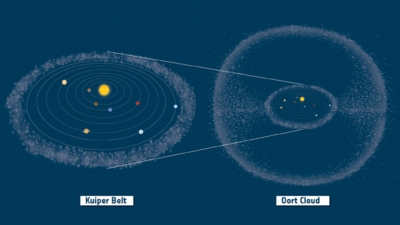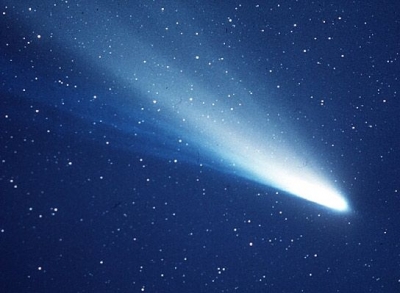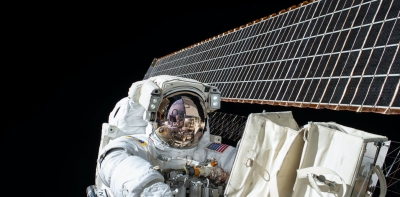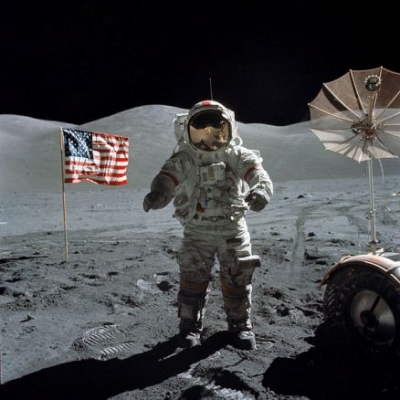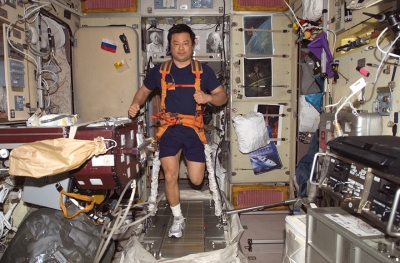Which comet is visible from Earth every 76 years?
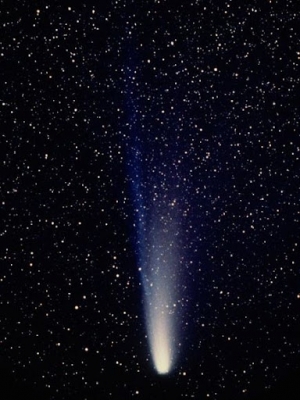
The Eta Aquarids are pieces of debris from Halley's Comet, which is a well-known comet that is viewable from Earth approximately every 76 years. Also known as 1P/Halley, this comet was last viewable from Earth in 1986 and won't be visible again until the middle of 2061. The annual Eta Aquarid meteor shower gets its name because the radiant -- or direction of origin -- of the meteors appears to come from the constellation Aquarius.
The comet is named after English astronomer Edmond Halley, who examined reports of a comet approaching Earth in 1531, 1607 and 1682. He concluded that these three comets were actually the same comet returning over and over again, and predicted the comet would come again in 1758.
Halley didn't live to see the comet's return, but his discovery led to the comet being named after him. (The traditional pronunciation of the name usually rhymes with valley.) Halley's calculations showed that at least some comets orbit the sun.
Further, the first Halley's Comet of the space age — in 1986 — saw several spacecraft approach its vicinity to sample its composition. High-powered telescopes also observed the comet as it swung by Earth.
While the comet cannot be studied up close for many decades, scientists continue to perform comet science in the solar system, looking at other small bodies that can be compared to Halley. A notable example was the Rosetta probe, which looked at Comet 67P/Churyumov–Gerasimenko between 2014 and 2016 and concluded that the comet has a different kind of water than Earth's water.
Credit : Space.com
Picture Credit : Google
